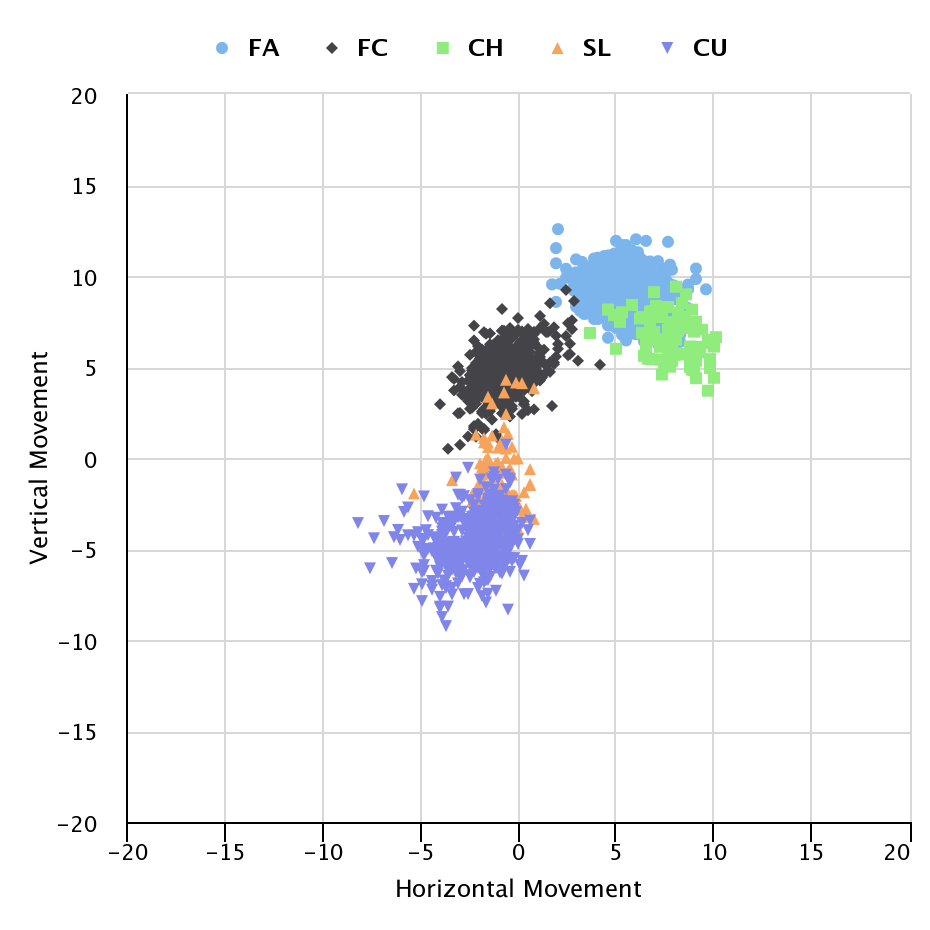Some Fun with Austin Hedges, a Baseball Extreme
Austin Hedges had a disastrous season at the plate. He batted .176/.252/.311, good for a 47 wRC+ that placed him last among batters with at least 300 plate appearances. But Hedges had a remarkable season behind the plate. He was worth 27.3 defensive runs above average, second only to J.T. Realmuto and first on a rate basis among all players in baseball.
WAR gives us a handy way to convert this, and WAR was pretty happy with Hedges in 2019. He was worth 1.4 WAR in 347 plate appearances, which works out to 2.4 WAR per 600 plate appearances. An average player would be worth just under 2 WAR per 600, which means Hedges was above-average despite his sub-Mendoza batting stats.
But when someone’s batting line is as poor as Hedges’, there’s an impulse to say that WAR doesn’t capture everything. Hedges isn’t a bad hitter; he’s an exceptionally bad hitter. He had a 47 wRC+! Six pitchers had better batting lines last year. My former colleague Sheryl Ring pointed this out recently, and opined that NL teams simply couldn’t afford to carry a bat that poor in addition to the pitcher’s spot. This made me think several things at once. My first thought was “Of course not! WAR works.” My second thought was “Actually yeah, two pitcher-level batters in a row would be awful. I’m not sure that a linear stat could handle that.” My third thought was: time to do some analysis.
At a high level, it’s clear that wRC+ isn’t simply additive. Consider a team with four batters who always walk or hit a single, and five batters who always strike out. This is an extreme example, of course, but that team would have a roughly average wRC+. It would also be an incredibly potent offense if you stacked your four productive hitters together; it would average something like 7.5 runs a game depending on the timing of singles and walks.
Of course, if you sequenced your hitters poorly, it could also average zero runs per game. When we’re looking at extreme examples (and Hedges is extreme, though not nearly this extreme), the order really does matter. How should one deal with this? It’s a bit of a cliche, but: very carefully. Read the rest of this entry »


